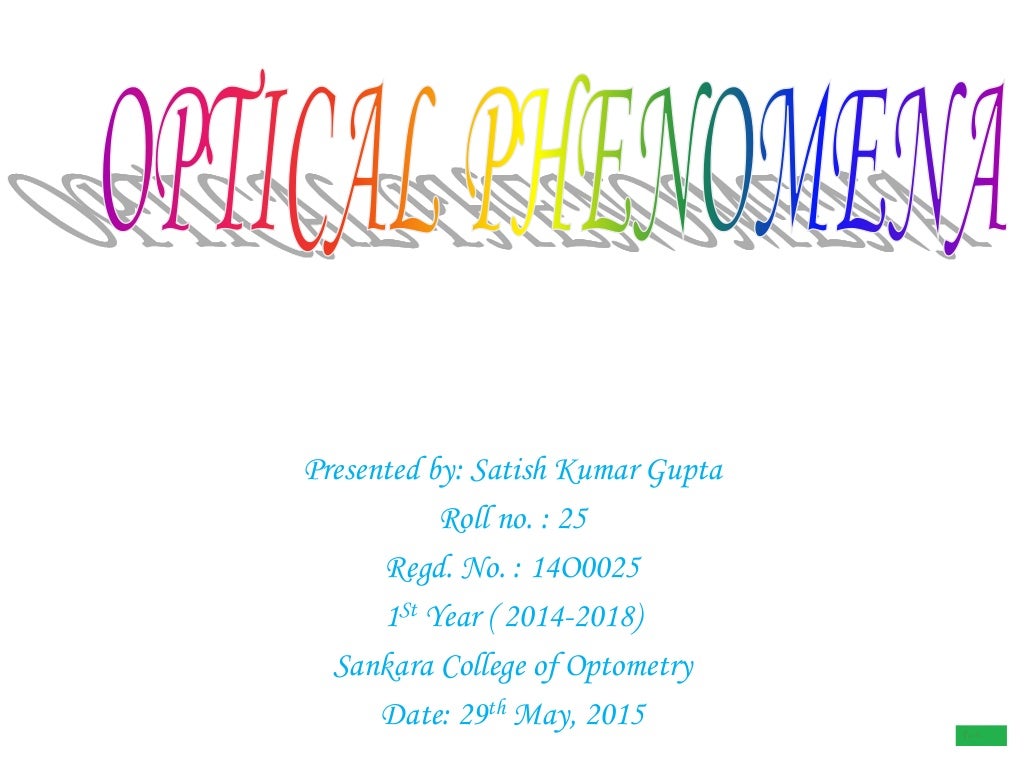

Typically, only a small number of linear and nonlinear oscillator modes are important that satisfy the resonance conditions. The medium oscillators can be electronic transitions, molecular vibrations and rotations, and acoustic waves. Generally, the light can be considered as a superposition of plane waves A exp i k → ⋅ r → − ωtwhere k →, ω, r →, tare the wave vector, angular frequency, radius vector in the space, and time, respectively. Nevertheless, the nonlinear effects can be important in the long-time and long-distance limits. For this reason, to a first approximation, light and matter can be considered as a system of uncoupled oscillators, and the nonlinear terms are some orders of magnitude smaller than the linear ones. All media are essentially nonlinear however, the nonlinear coupling coefficients are usually very small and can be enhanced by the sufficiently strong optical radiation. The optical field itself is described by Maxwell’s equations including the nonlinear polarization of the medium. The nonlinear medium is described by a system of the dynamic equations including the optical field. First, the intense coherent light induces a nonlinear response of the medium, and then the modified medium influences the optical radiation in a nonlinear way.

A typical nonlinear optical process consists of two stages.

The nonlinear optical effects are weak, and their observation became possible only after the invention of lasers which provide a highly coherent and intense radiation. Nonlinear optics is related to the analysis of the nonlinear interaction between light and matter when the light-induced changes of the medium optical properties occur. We briefly discuss in this chapter the fundamental nonlinear optical phenomena and methods of their analysis. The number of publications concerning different aspects of nonlinear optics is enormous and hardly observable.


 0 kommentar(er)
0 kommentar(er)
